Buying IP is just a little bit more complicated than buying a pair of shoes. A lot of IP is configurable and requires attention to various design and configuration parameters. We live in an age where commercial soft IP is used pretty often in designs, so people have developed increasing comfort in the process that is required to achieve… Read More
 MZ Technologies Launches Advanced Packaging Design Video SeriesIn a significant move aimed at empowering semiconductor…Read More
MZ Technologies Launches Advanced Packaging Design Video SeriesIn a significant move aimed at empowering semiconductor…Read More Superhuman AI for Design Verification, Delivered at ScaleThere is a new breed of EDA emerging.…Read More
Superhuman AI for Design Verification, Delivered at ScaleThere is a new breed of EDA emerging.…Read More The Quantum Threat: Why Industrial Control Systems Must Be Ready and How PQShield Is Leading the DefenseIndustrial control systems (ICS) underpin the world’s most…Read More
The Quantum Threat: Why Industrial Control Systems Must Be Ready and How PQShield Is Leading the DefenseIndustrial control systems (ICS) underpin the world’s most…Read More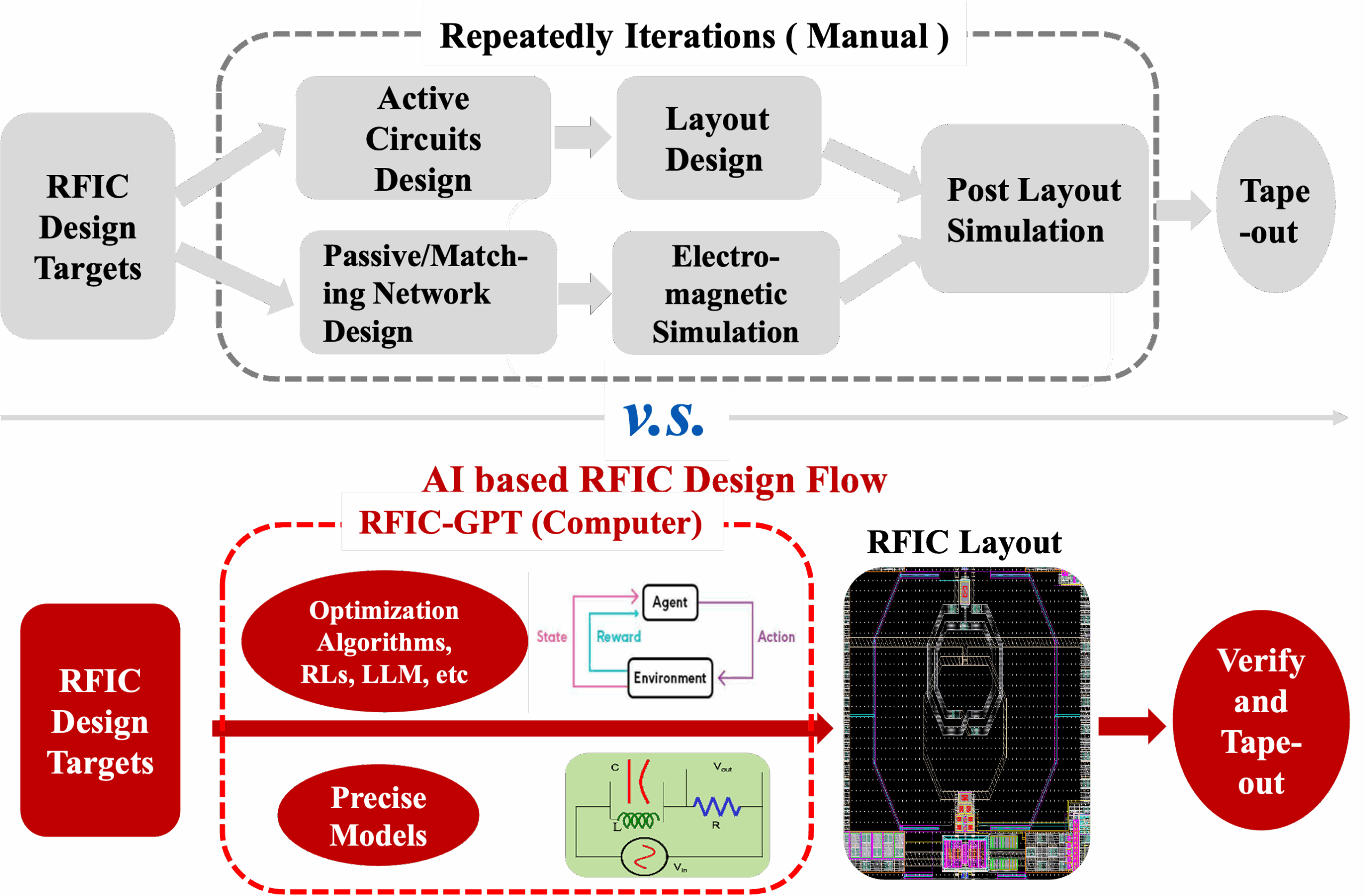 Radio Frequency Integrated Circuits (RFICs) Generated by AI Based Design AutomationBy Jason Liu, RFIC-GPT Inc. Radio frequency integrated…Read More
Radio Frequency Integrated Circuits (RFICs) Generated by AI Based Design AutomationBy Jason Liu, RFIC-GPT Inc. Radio frequency integrated…Read MoreBroadcom Versus Qualcomm Update
The Broadcom acquiring Qualcomm drama is still dominating the fabless semiconductor back channel. This week I will be at the SEMI ISS Conference with Scott Jones and several hundred high level semiconductor professionals so it will be interesting to hear the hallway chatter. When it was first announced I was in the minority in … Read More
Mentor Investigates Using Neural Networks for CMP Modeling
I recently read a new white paper release by Mentor, a Siemens Business, that delved into the intricacies of Chemical Mechanical Polishing (CMP) and I got a sense of Déjà vu. My professional career in the IC industry started at Texas instruments and the white paper made me think of a conversation I had with one of my colleagues over … Read More
Achieving ISO 26262 Certification with ASIL Ready IP
According with McKinsey, “analysts predict revenue growth for advanced driver assistance systems (ADAS) to be up to 29 percent, giving the segment one of the highest growth rates in the automotive and related industries.” Design cycle in automotive segment is much longer than in segments like mobile, PC or consumer. If you expect… Read More
Is there anything in VLSI layout other than “pushing polygons”? (5)
Being new in Ottawa and trying to get some momentum towards automation in full custom layout I was telling industry people that I am interested to work with everybody to move this agenda forward. My Director of Engineering at that time, Peter Gillingham, took me to visit Carleton University in Ottawa. One of his professor friends,… Read More
Webinar: ISO 26262 and DO-254: Achieving Compliance to Both
It’s near-impossible to read anything today about electronic design for cars without running into the ISO 26262 standard. If you design airborne electronic hardware, you’re likely very familiar with the DO-254 standard. But what do you do if you want to design a product to serve both markets? It looks like aircraft makers are increasingly… Read More
Bicycles, Electronics and CES 2018
I’m an avid road bike enthusiast having just completed my 2017 goal of 13,000 miles, so follow me on Strava if you want to see the routes and photo adventures I have in Oregon. In the photo below I’m the guy in the middle with the Portland Velojersey on and we’re in a parking lot just 2 blocks away from Intel’s… Read More
The lofty rise of the lowly FPGA
FPGA programmable logic has served in many capacities since it was introduced back in the early 80’s. Recently, with designers looking for innovative ways to boost system performance, FPGA’s have moved front and center. This initiative has taken on new urgency with the slowing down of process node based performance gains. The… Read More
French Tech at CES, 2nd country after USA with 274 Start-Up at Eureka Park!
France exposure will be very strong at Las Vegas CES this year, the 3[SUP]rd[/SUP] country with 365 companies, behind USA and China. If you just take the start-up number into account, 274 French start-ups will be present, just behind the USA with 280 start-ups! If you look back, it’s a great jump compared with 2017 (178 start-up) … Read More
System Level Formal
Two recently announced vulnerabilities in major processor platforms should remind us that bugs don’t organize themselves to appear only in domains we know how to test comprehensively. Both Meltdown and Spectre (the announced problems) are potential hardware system-level issues allowed by interactions between speculative… Read More






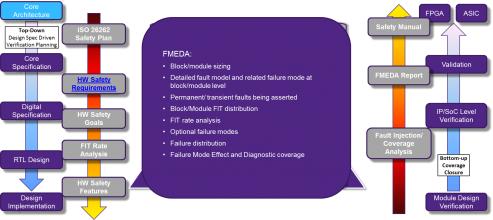

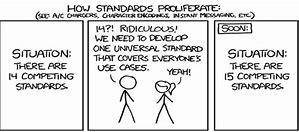

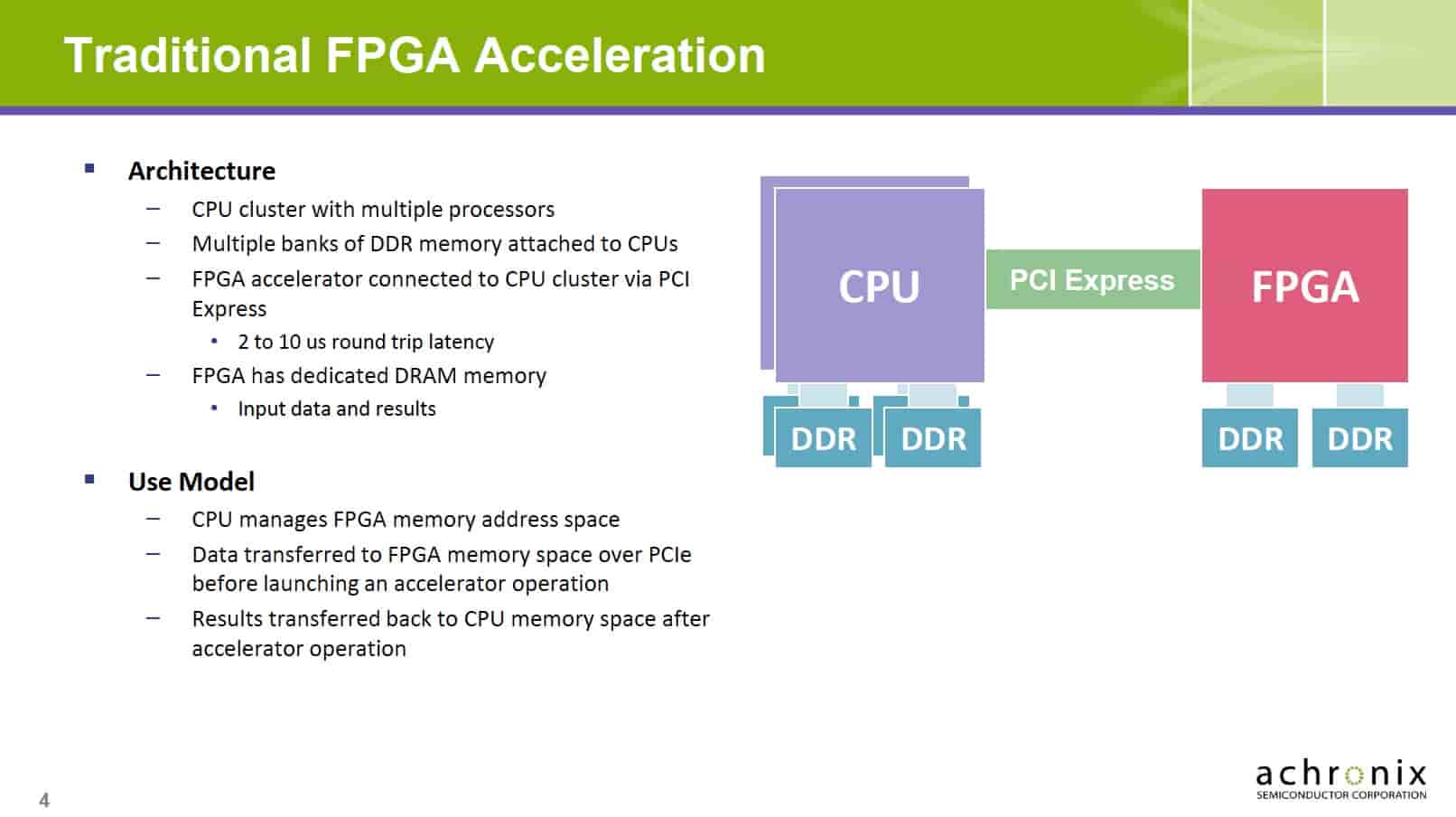
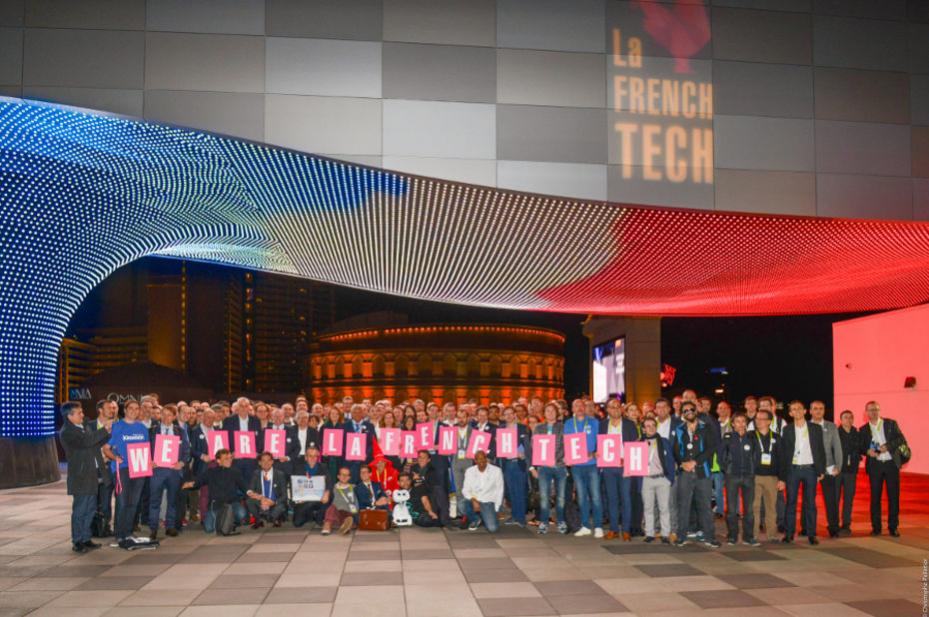
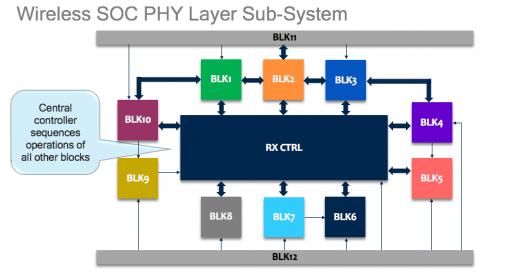
Quantum Computing Technologies and Challenges